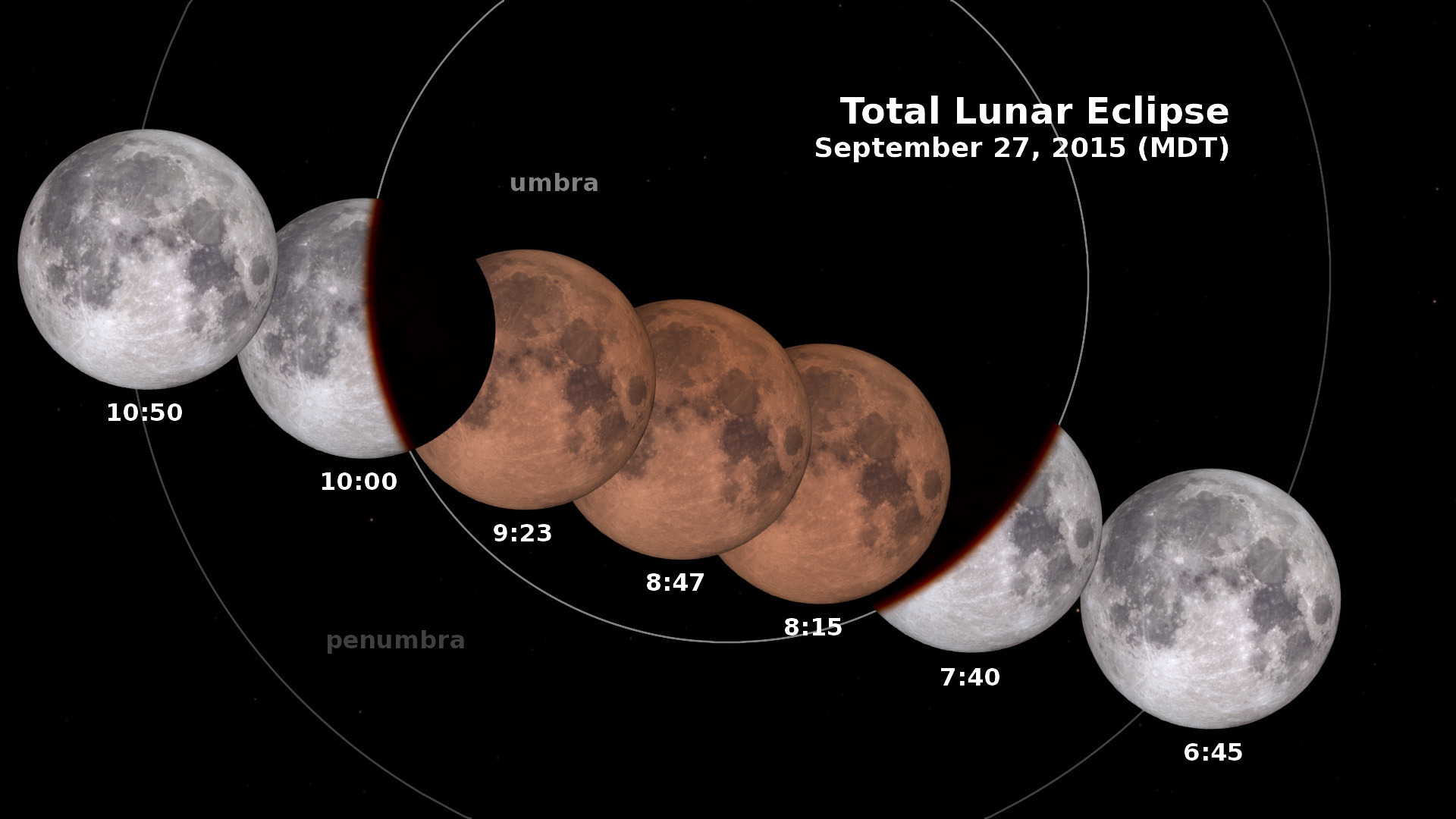

These meteors come from the tale of the comet Tempel-Tuttle, a periodic comet which last swept through Earth’s orbit in 1998. Through mid- to late November, the spectacular Leonid meteor shower will scatter our sky with shooting stars. However, the penumbral eclipse will continue until 2:03 a.m. After the moment of maximum eclipse, the red color will slowly disappear until the partial eclipse ends at 12:47 a.m. the moon will mostly be within Earth’s shadow with the exception of a small sliver which will just be out of the shadow. The moment of maximum eclipse will take place at 11:02 p.m. This reddish color leads many to call lunar eclipses the rather dramatic name “blood moon.” when the moon will begin passing through the outer layer of Earth’s shadow, known as the penumbra at this time the moon will appear significantly dimmer.Īround 9:18 the moon will begin to pass through the main part of Earth’s shadow, the umbra, start the partial lunar eclipse and take on a deep red color.ĭuring lunar eclipses the moon’s red color is a result of light being refracted from Earth’s atmosphere before hitting the moon’s surface.

The lunar eclipse will begin at about 8:02 p.m. 18, we will be able to witness a partial lunar eclipse. To learn more about this amazing discovery, visit /news/2/infant-planet-discovered-2m0437b. Further studies allowed researchers to unlock secrets about our own solar system’s creation. This new baby planet is named 2M0437b it is a bit more massive than Jupiter and is estimated to have begun forming with its star around the same time the main Hawaiian Islands first emerged from the ocean. Recently, researchers using the Subaru Telescope and the Keck Observatory discovered one of the youngest planets. In 2007 the Keck Observatory and the Gemini North Telescope became the first observatories to directly image a planet orbiting around another star, and this technique is now widely used by astronomers in their research. And in a clockwise circuitous procession, the king’s retinue moved from community to community to collect taxes, which were in the form of food and utilitarian products such as cloth, rope and feathers.Īt the end of the lunar month of Ka‘elo, Lono was replaced by Ku as the paramount god, and the leisurely life of the Makahiki season came to an end.Įver since the first exoplanet was discovered in the mid-1990s, research at the observatories of Mauna Kea has pushed our understanding of these unique interstellar objects to new heights. Warfare was suspended, taxes or tribute were collected and athletic competitions became part of the season’s activities.Ĭompetitions such as boxing, wrestling, spear throwing and bowling were held. Although we do not know the name of that additional month, this protocol follows South Pacific Polynesian traditions.ĭuring the Makahiki season, Lono, the god of agriculture, succeeded the pantheon of Hawaiian gods. To rectify this, the kahuna kilo hoku, or person who observes the heavens, would need to intercalate the calendar, that is, insert a third month every three years. Alexander writes that following the lunar calendar meant the yearly Hawaiian calendar drifted about 10.75 days a year set against the backdrop of a yearly 365-day sidereal calendar. In David Malo’s book “Hawaiian Antiquities,” editor W.D. Over time the calendar drifts, and the names no longer align with the celestial season. Counting months following a lunar calendar is problematic as a lunar month is about 29.5 days. The Makahiki season lasted for four lunar months. In the Hawaii island calendar, October is ‘Ikuwa, November is Welehu, December is Makali‘i and January is Ka‘elo.

Historically, each island had different names for the lunar months of the year. Makali‘i, or Matariki in the South Pacific Polynesian islands, shares this common name and follows a similar celestial cycle. An open star cluster, the Pleiades (the Seven Sisters and Messier 45) features hot-blue and very luminous stars that are obvious to the naked eye. The arrival of Makali‘i after sunset on the eastern horizon heralds the beginning of the Makahiki season.

As Nahiku (the Big Dipper) sinks below the western horizon, Iwakeli‘i (Cassiopeia) and Kalupeakawelo (the Great Square of Pegasus) climb high into the northeastern sky, signaling the arrival of Makali‘i (Pleiades) in the star house ‘Aina Ko‘olau on the star compass.


 0 kommentar(er)
0 kommentar(er)
